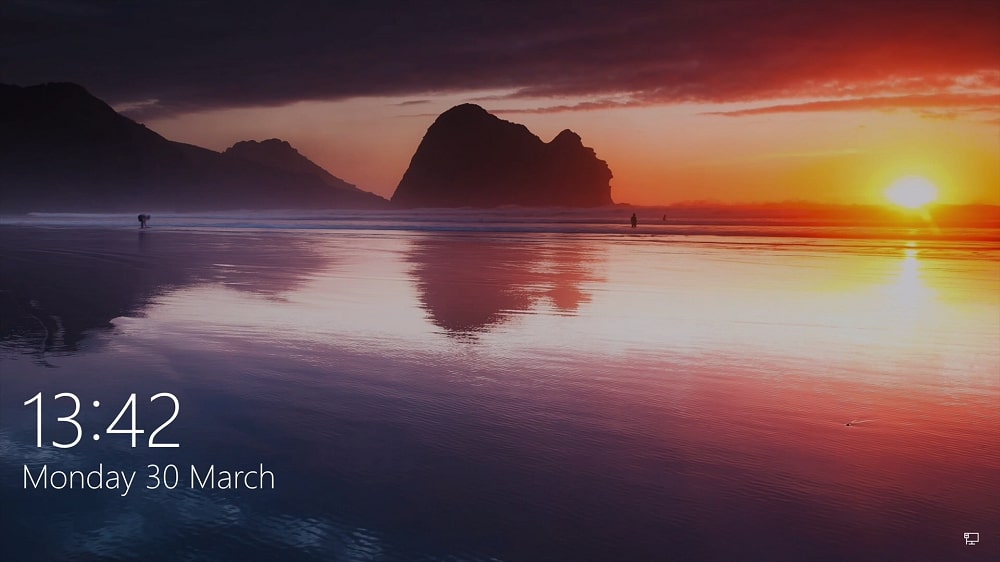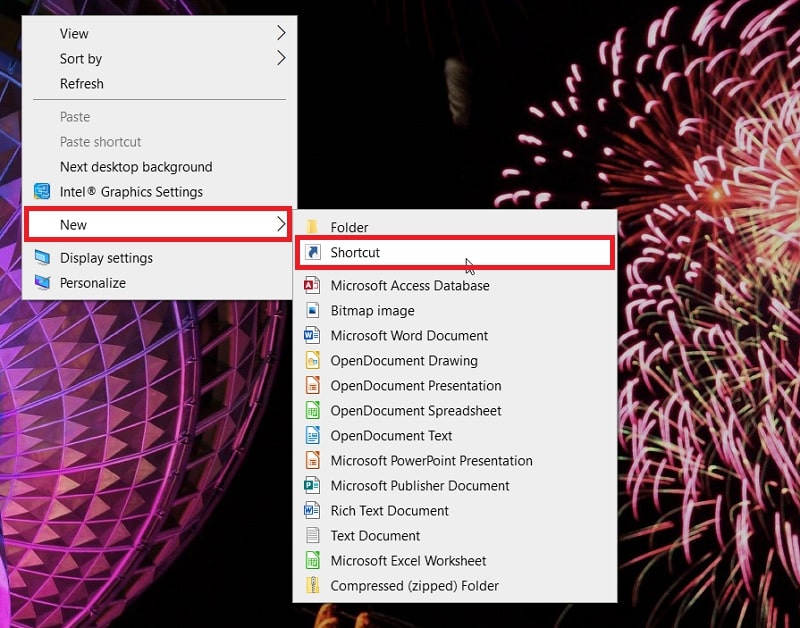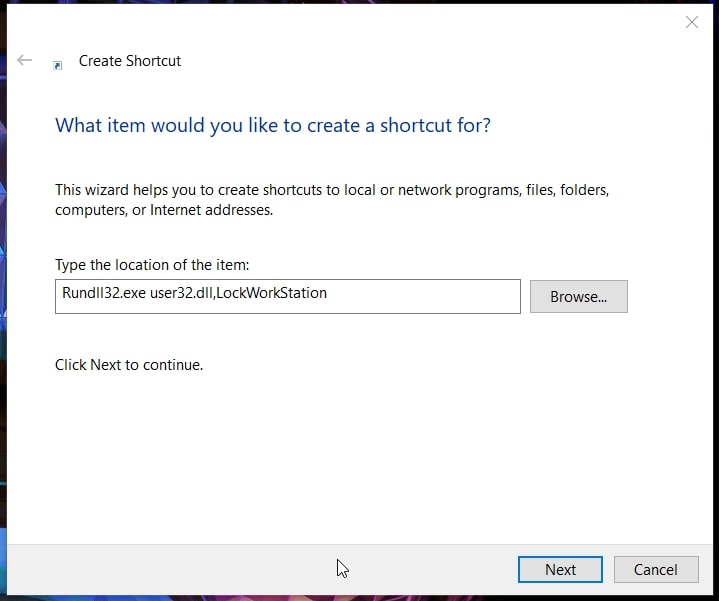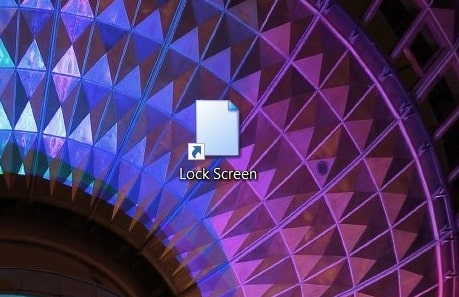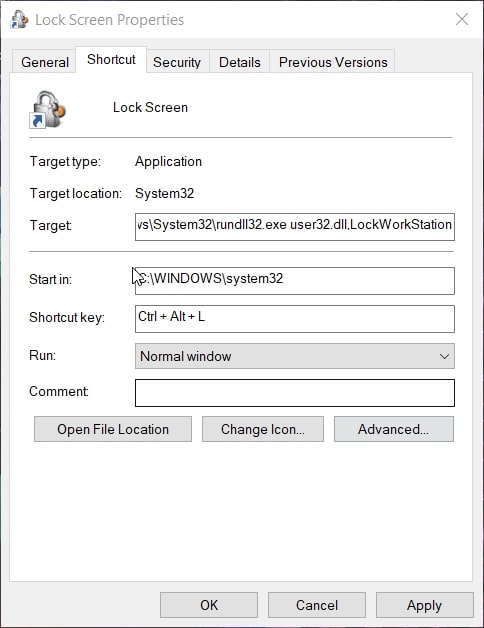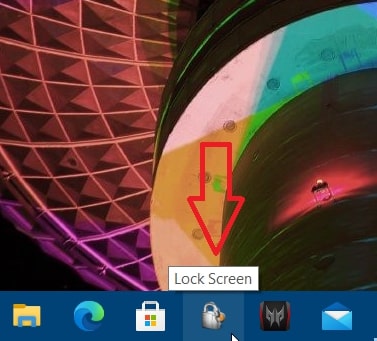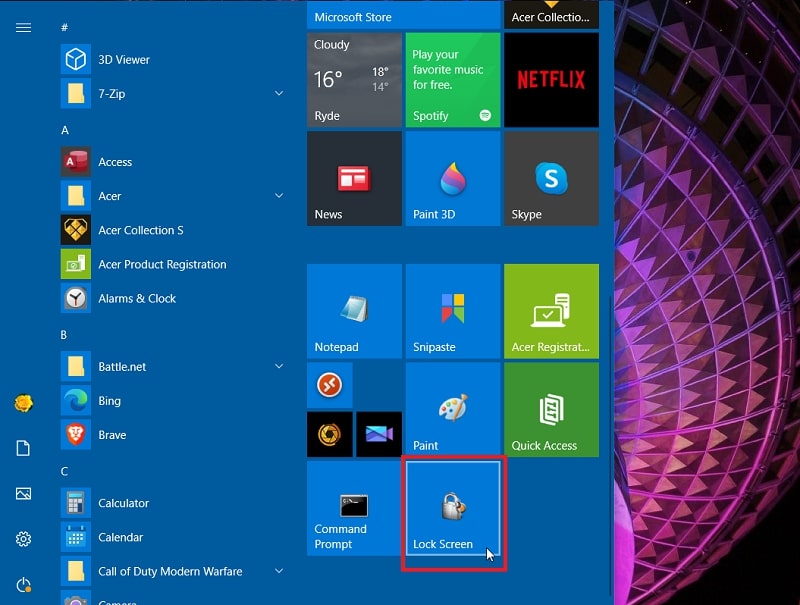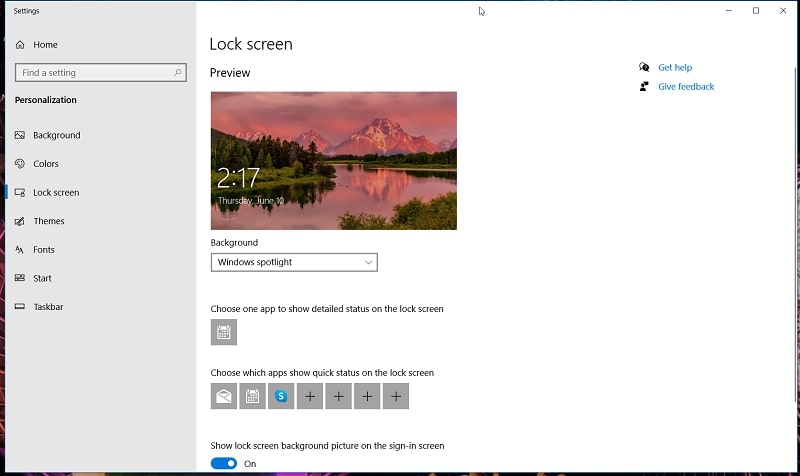The Windows 10 lock screen is something all users will be familiar with. That’s the screen you see when signing in to your Windows 10 user account. The default lock screen includes the time and date, a background image, a list of Windows user accounts for the PC, and the sign-in box. Although it’s not exactly a welcoming screen, the lock screen is the gateway for entering Windows 10.
As a gateway, the lock screen is a very important security feature for Windows 10. Like any gateway, it serves as a lock for entry. Entering your password there, or utilizing an alternative login method, unlocks the gate to Windows 10. So, the lock screen prevents unauthorized users from snooping around your Windows account.
Windows 10 will automatically lock itself with the login screen after users leave their PCs idle for a while. However, some users might need to activate the lock screen immediately without having to wait around. For example, laptop users who take their PCs to offices will probably need to activate the lock screen when they temporarily vacate their computers. There are various ways users can manually activate that screen.
Creating a lock screen shortcut in Windows 10 will provide you with an immediately accessible way to bring up the lock screen. You can add a shortcut to lock screen on Windows 10’s desktop, taskbar, and Start menu. This is how to set up a lock screen computer shortcut in Windows 10 for the desktop, Start menu, and taskbar.
Steps to Create A Windows 10 Lock Screen Shortcut
Desktop shortcuts are the most accessible ones in Windows 10. Those are the icons you can click on your desktop to open software, tools, and other features. Those desktop shortcuts are immediately accessible because users don’t have to wade through any menus or submenus to get to them. So, a desktop shortcut to lock screen on Windows 10 provides an immediate way to lock your PC. This is how you can add a Windows 10 lock screen shortcut to the desktop.
Step 1: Right-click a space on your desktop and select the “New” option on the context menu.
Step 2: Click the “Shortcut” option to open a Create Shortcut window.
Step 3: Type Rundll32.exe user32.dll,LockWorkStation in the Create Shortcut window’s location box as in the screenshot directly below.
Step 4: Press the “Next” button to continue to step 5.
Step 5: Type Lock Screen in the name box.
Step 6: Click “Finish” to add the new shortcut for the lock screen to the desktop. When you click that desktop shortcut, it should take you to the lock screen.
How to Add a New Icon to the Lock Screen Shortcut
You can customize that lock screen shortcut by giving it a lock icon. To find some groovy icons, check out the IconArchive website. Type lock screen in that website’s search box to browse through a great selection of lock icons. Choose one you like there, and then click the “ICO” button for it. Choose a folder to save the ICO file to, and press the “Save” button. Thereafter, follow these steps to add your downloaded icon to the shortcut:
Step 1: Right-click the lock screen shortcut and select the “Properties” option.
Step 2: Click the “Change Icon” button on the Shortcut tab to open the window in the snapshot directly below.
Step 3: Then click the “Browse” option.
Step 4: Select the ICO file in the folder you downloaded it to, and press the “Open” button.
Step 5: Press the “OK” button on the Change Icon window.
Step 6: Click “Apply” to save the new settings. Then your lock screen shortcut will have a new icon like the one directly below.
How to Add a Keyboard Hotkey to the Lock Screen Shortcut
Hotkeys for software and Windows features are even more accessible shortcuts than those on the Windows 10 desktop. You don’t have to close or minimize any windows to press a keyboard shortcut. When you’ve added a lock screen shortcut in Windows 10 as outlined above, you can set up a hotkey for that shortcut. This is how you can set up a Windows 10 lock screen shortcut key for activating the login screen.
Step 1: Right-click your lock screen shortcut on the desktop to open its context menu.
Step 2: Select the “Properties” option on the context menu to open a Shortcut tab.
Step 3: Next, click inside the Shortcut key box.
Step 4: Press the L key to add a Ctrl + Shift + L shortcut to the Shortcut box as in the screenshot directly below.
Step 5: Select the “Apply” option.
Step 6: Click “OK” to close the Properties window for your shortcut.
Now press the Ctrl + Alt + L hotkey to open the lock screen. That’s a hotkey for the lock screen desktop shortcut. Therefore, you’ll need to keep the desktop shortcut for its hotkey to work.
How to Pin the Lock Screen Shortcut to the Start Menu and Taskbar
Adding a lock screen shortcut to the taskbar or Start menu is simple when you’ve set up a desktop one for it. To add a lock screen button to the taskbar, simply right-click the desktop shortcut for it and select the “Pin to taskbar” option. Then you can click a Windows 10 lock icon in the taskbar, like the one shown directly below, to bring up the login screen.
Read More: How to Pin Shortcuts to Taskbar in Windows 10
You can pin a lock screen shortcut to the Start menu much the same. Right-click the lock screen desktop shortcut and select the “Pin to Start” option instead. Then you’ll see a lock screen tile shortcut on your Start menu like the one shown below.
You don’t need to keep the lock screen shortcut on the desktop for the taskbar and Start menu ones to work. So, you can go ahead and erase the lock screen desktop shortcut after you’ve pinned it to the taskbar or Start menu. To do that, right-click the desktop shortcut and select the “Delete” option.
FAQs About Lock Screen Shortcut in Windows 10
How can I unpin the lock screen taskbar and Start menu shortcuts?
Right-click a taskbar or Start menu lock screen shortcut and select the “Unpin” option for it.
Read More: How to Unpin Programs from Taskbar in Windows 10
Is there any way I can resize the lock screen desktop shortcut?
Windows 10 includes three size options that apply to all desktop shortcuts. To resize the icons with those options, right-click the desktop and select “View” on the context menu. Then you can select the large, medium, and small options for your desktop icons shown directly below.
Can I create my own icon design for a lock screen desktop shortcut?
Yes, you can create icon designs with Paint, Paint 3D, and many other graphics or image-editing software packages. You’ll need to convert JPG or PNG image files for your icons to the ICO format with online converter tools, such as ICO Converter.
Is there a way to remove the arrow from my lock screen desktop shortcut?
Users can remove arrows from all desktop shortcuts with the freeware WinAero Tweaker software. Click “Appearance” > “Shortcut Arrow” within WinAero Tweaker. Then you can select a “No Arrow” option there to remove the arrows from desktop shortcuts.
Can I set up lock screen shortcuts in other Windows platforms?
Yes, you can set up desktop shortcuts for the Windows 8.1, 8, 7, and Vista lock screens much the same as outlined above for Windows 10.
Can I add a Lock screen Settings shortcut to the desktop?
Yup, you can also add a shortcut for Lock screen settings to the desktop. To do that, follow the steps above for adding a desktop shortcut; but enter ms-settings:lockscreen for the shortcut’s location instead. That desktop shortcut will open the Lock screen settings shown directly below when you click it. From there, you can change the lock screen’s background and select new apps to display statuses for.
Conclusion
Although there are various methods for activating the lock screen, it’s best to create a Windows 10 shortcut for the login screen. Activating the lock screen with a desktop, keyboard, taskbar, or Start menu shortcut is the quickest way to do it. It’s also very straightforward to set up a login screen shortcut in Windows 10. When you’ve added a lock screen shortcut to Windows 10, you can quickly lock up your PC with it whenever required.
